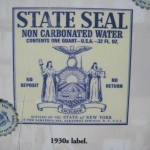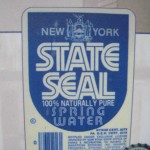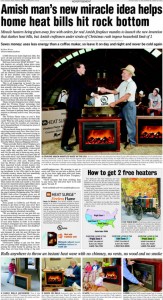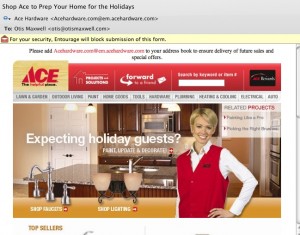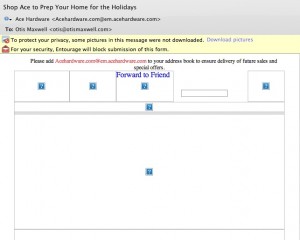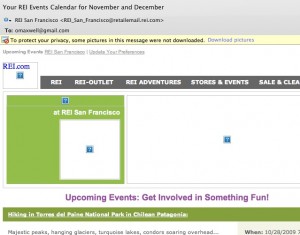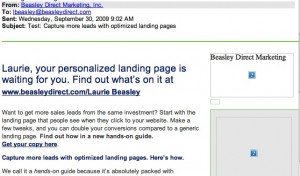You can’t make this stuff up. The VP, I mean Vice President of Marketing at GM, I mean General Motors, has asked all employees to stop calling Chevy by that casual name and refer to it by the formal “Chevrolet” henceforth. The request presumably extends to the brand’s new agency, Goodby Silverstein, but hopefully did not originate with them.
“We’d ask that whether you’re talking to a dealer, reviewing dealer advertising, or speaking with friends and family, that you communicate our brand as Chevrolet moving forward,” read a memo which was also signed by the Chevrolet Vice President for Sales and Service. “When you look at the most recognized brands throughout the world, such as Coke [they mean “Coca-Cola” of course] or Apple for instance, one of the things they all focus on is the consistency of their branding. Why is this consistency so important? The more consistent a brand becomes, the more prominent and recognizable it is with the consumer.”
Of course, you can also make a brand recognizable through generations of casual use until it becomes part of the national vocabulary as well as the title of several Facebook fan pages and the auto dealership of its chief NASCAR representative, Jeff Gordon Chevy. And presumably Don McLean will be asked to return to Café Lena here in Saratoga, where he originally penned “American Pie”, and revise its most memorable line to “drove my Chevrolet to the [whatever Chevrolet rhymes with] but the [whatever] was dry”.
The New York Times article which broke this story reports that there now is a “cuss jar” at Chevrolet headquarters and employees must deposit a coin every time they use the forbidden word. Once it’s full the proceeds will be used for a “team building activity”. Times reporter Richard S. Chang suggests that activity will probably not be a Mexican dinner at Chevy’s.
Thanks to Carol Maxwell to bringing this to my attention. And thank you America for making possible this badvertising epiphany. Your tax dollars at work.
